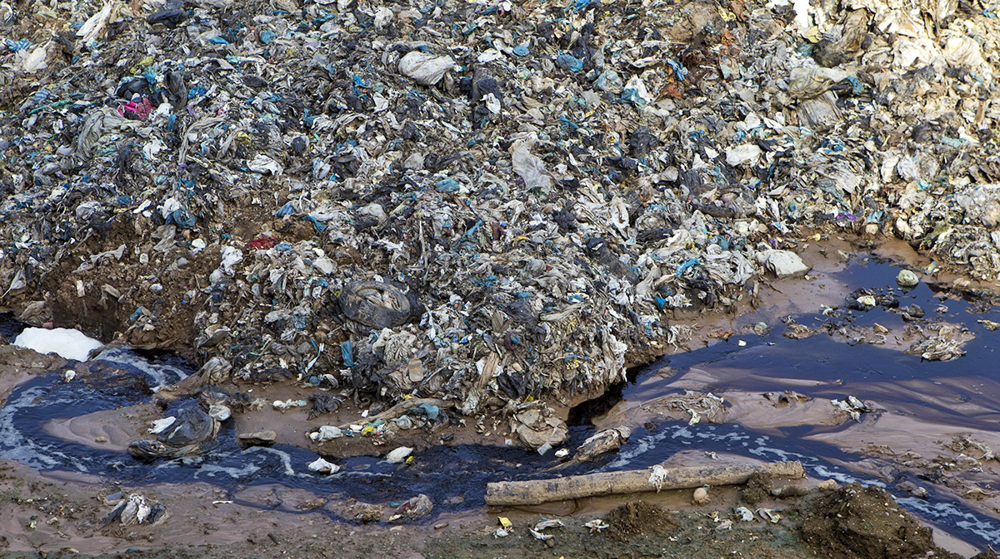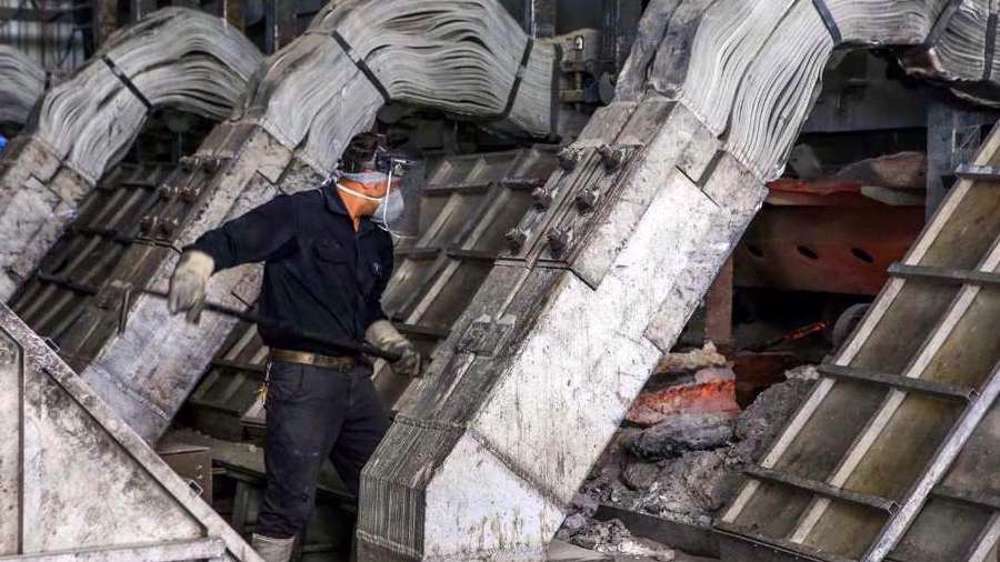Iran’s milestone of full literacy accomplishment
Officials of the Literacy Movement Organization of Iran have announced that the literacy rate in the country has reached 97.1% in the age group of 10 to 49 years for the first time, bringing it to all but full literary.
This is a remarkable achievement for a country which has put eliminating illiteracy and promoting cultural independence, and educational justice at the heart of its educational attainment movement.
The literacy movement began nearly a year after the 1979 Islamic Revolution on the order of the late founder of the Islamic Republic Imam Khomeini. At the time, more than half of Iran’s population over the age of six were illiterate.
Before the Revolution, a great number of children were deprived of attending school and education was available to a limited, select circle of certain groups of people.
According to the World Bank's report, only 36% of Iranians were literate in the age group between 15 and 95 years old, while the global average was 69% at that time. By 2016, this rate had reached 86%, the same as the global average.
Iran experienced a baby boom during the first decade after the revolution as family planning was suspended. As a result, the size of the population rose from 33.7 million in 1976 to 49.4 million ten years later.
This implies an annual growth rate of 3.8 percent during the decade, one of the world's highest rates for a national population.
Consequently, Iranian educational institutions were inundated by a wave of young people in need of training during the second decade after the revolution.
Women were the central part of the movement, where the changing attitudes of the society and support of families for the education of all siblings resulted in a dramatic rise in the number of females who entered schools and universities.
Education and economic development
The relationship between educational attainment, literacy skills and economic growth is a given, but it has become more vivid in today’s technologically-based global economy.
Across the world, emphasis is placed on the contribution made by people, or what economists refer to as human capital, to economic growth.
The general belief is that the relative contribution of individuals to growth depends on their knowledge, skill, competence and other attributes relevant to economic activity which are basically coefficients of literacy.
Hence, a key strategy in promoting national economic growth is developing and upgrading the skills and knowledge of the labor force.
At the core of this strategy is the idea that individuals who contribute more by way of their knowledge and skill should earn more. Therefore, access to education and training is crucial to tackling poverty and inequality and spurring growth, development and security.
Studies have found that investment in educational attainment is three times as important to economic growth over the long run as investment in physical capital, such as machinery and equipment.
One of the sobering conclusions is that educational attainment matters a great deal for the wellbeing of nations. This implies that investments in literacy and human capital could yield large economic returns.
Central to this strategy is to bridge the gap between high-skill and low-skill groups because in skill-centric societies, income brackets are a coefficient of better educational attainments and competencies.
In other words, for a country to be successful in fostering growth and wellbeing it should focus on promoting strong literacy skills widely throughout its population.
That said, a growing economy is one that has the potential to generate prosperity and wellbeing for its citizens and pave the ground for a more equitable distribution of the benefits of growth at the same time.
Iran's fundamentals
Between 1976 and 2016, the world witnessed a 20% growth in literacy rate. This growth rate, according to the World Bank, was approximately 50% for Iran during the same period.
The Literacy Movement Organization of Iran has more than 50,000 instructors and 6,000 administrators working across the country. Over the years, it has won a slew of accolades for accomplishment and perfection.
In 1998, the organization was given an honorable mention in the King Sejong Literacy Prize by UNESCO. It received the Noma Literacy Prize in 2000, the Malcolm Adiseshiah Award in 1999 and three other international awards in subsequent years.
One key plank of the movement is to achieve educational justice in cities and villages. As a result, 55% of literacy activities and educators have been allocated to rural areas over the past four decades.
Another significant achievement is the meteoric rise in the number of female students and university graduates in a variety of disciplines.
Before the Islamic Revolution, more than over 60% of the Iranian women were illiterate. Currently, close to 60% of first-year university students are women.
Iran is literally at the connecting point between the Asian and European markets, while central to Russia and Africa. Therefore, it can benefit from its unique economic geography and build a robust strategy for prosperity and development.
Geopolitical pressures, mostly related to the adversarial Western policies led by the US, have undermined many opportunities. However, Iran still has the fundamentals to pull together and push through by capitalizing on its educated human force.
The path forward is to forge economic and regional integration with the like-minded countries - an opportunity that should not be missed.

Iran gears up for largest trade event on upbeat mood

Iran starts major project to treat wastewater with cold plasma

Iran’s aluminum output down by nearly 5% in year to March
VIDEO | Press TV's news headlines
VIDEO | Paris rally condemns Israel, decries killing of Palestinian journalists
VIDEO | Italy's Meloni visits US to discuss Trump's tariffs as EU unity at risk
VIDEO | Syria under HTS
1 killed as US keeps up deadly escalation against Yemen
ICC sues Hungary for failing to arrest fugitive Israeli war criminal Netanyahu
VIDEO | Western coverage of Israeli war on Gaza
VIDEO | US's broken commitments







 This makes it easy to access the Press TV website
This makes it easy to access the Press TV website